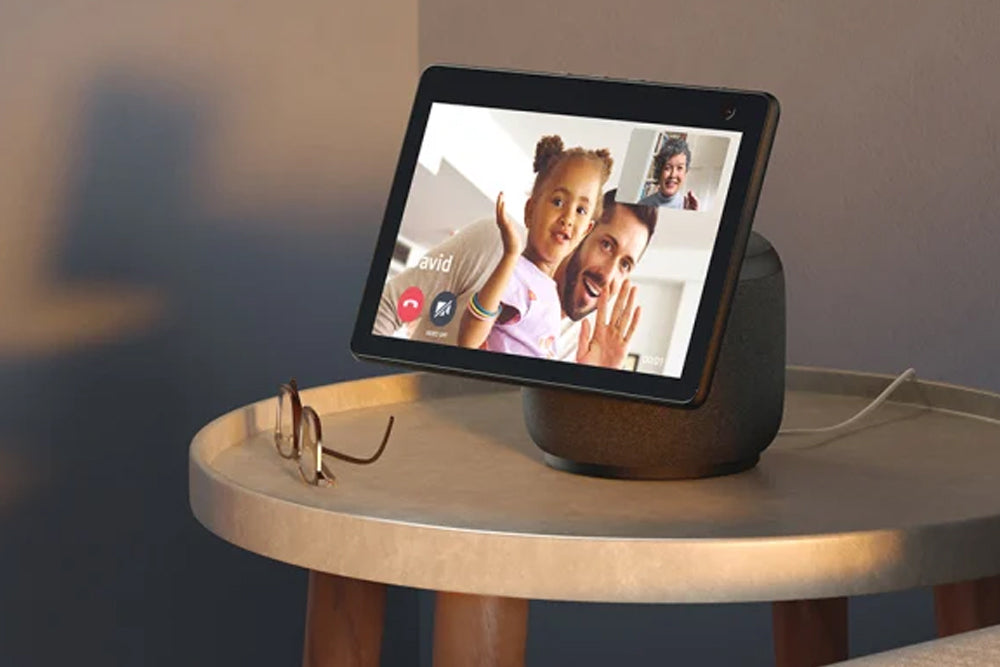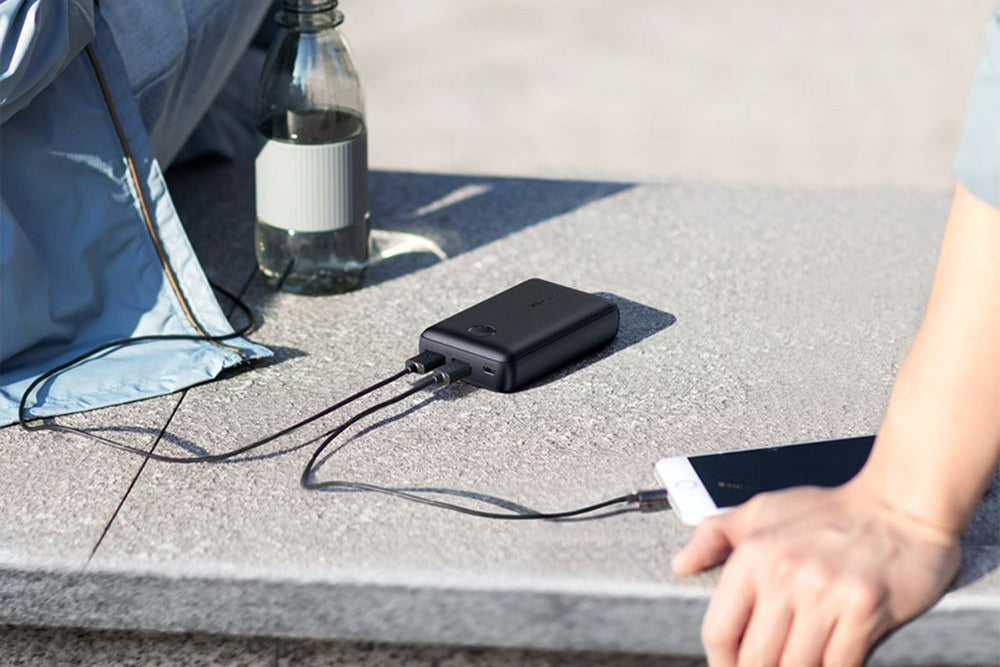A Beginner’s Guide to 3D Printing
3D printing has rapidly evolved from a niche hobby to a mainstream technology with applications in various fields, from prototyping to personalized manufacturing. This beginner’s guide will walk you through the basics of 3D printing, covering the types of printers, materials, and essential tips to get you started on your 3D printing journey.
A Beginner’s Guide to 3D Printing: Everything You Need to Know
3D printing, also known as additive manufacturing, has become more accessible than ever, with affordable printers and a wide range of materials available to hobbyists and professionals alike. If you’re new to 3D printing, here’s everything you need to know to get started.
-
Understanding 3D Printing Technology
- What is 3D Printing?: At its core, 3D printing involves creating a physical object from a digital design by layering material, usually plastic, until the final product is formed. The process is additive, meaning material is added layer by layer, which allows for complex shapes and intricate designs that traditional manufacturing methods can’t achieve.
-
Types of 3D Printers:
- FDM (Fused Deposition Modeling): The most common type of 3D printer for beginners. FDM printers work by extruding melted filament (usually plastic) through a nozzle to create each layer.
- SLA (Stereolithography): This type uses a laser to cure liquid resin into solid layers. SLA printers are known for producing high-resolution prints but are generally more expensive and require more maintenance.
- SLS (Selective Laser Sintering): Primarily used in industrial settings, SLS printers fuse powdered material with a laser. They are ideal for creating complex geometries and durable parts.
-
Choosing the Right Materials
-
Common Filaments:
- PLA (Polylactic Acid): PLA is the most popular filament for beginners due to its ease of use and eco-friendliness. It’s biodegradable and works well for a wide range of applications, from prototypes to decorative items.
- ABS (Acrylonitrile Butadiene Styrene): Known for its strength and durability, ABS is more heat-resistant than PLA, making it suitable for functional parts. However, it requires a heated bed and good ventilation due to its tendency to warp and emit fumes.
- PETG (Polyethylene Terephthalate Glycol): PETG combines the best of both PLA and ABS, offering strength, flexibility, and ease of use. It’s a great choice for functional parts that need to be strong and durable.
-
Getting Started with Your First Print
- Choosing a Design: There are countless online repositories where you can download free 3D models, such as Thingiverse and MyMiniFactory. Start with simple designs like keychains or small figurines to get a feel for the process.
- Setting Up Your Printer: Follow the manufacturer’s instructions carefully when setting up your printer. Ensure the bed is level, the filament is properly loaded, and all components are calibrated before starting your print.
- Post-Processing: After printing, you may need to remove support structures, sand rough edges, or paint your model. Post-processing is an essential part of achieving a polished final product.
-
Tips for Success
- Start Small: Begin with small, simple projects to avoid frustration. As you gain experience, you can tackle more complex designs and experiment with different materials.
- Join a Community: Online communities like Reddit’s r/3Dprinting or the 3D Printing Stack Exchange are valuable resources for troubleshooting, sharing tips, and getting inspiration.
- Experiment and Learn: 3D printing involves a lot of trial and error. Don’t be afraid to experiment with different settings, materials, and designs to see what works best for you.
Conclusion
3D printing offers endless possibilities for creativity and innovation. By understanding the basics of the technology, materials, and processes involved, you can start creating your own 3D printed objects in no time. Remember to start small, join a community, and keep experimenting to improve your skills.



